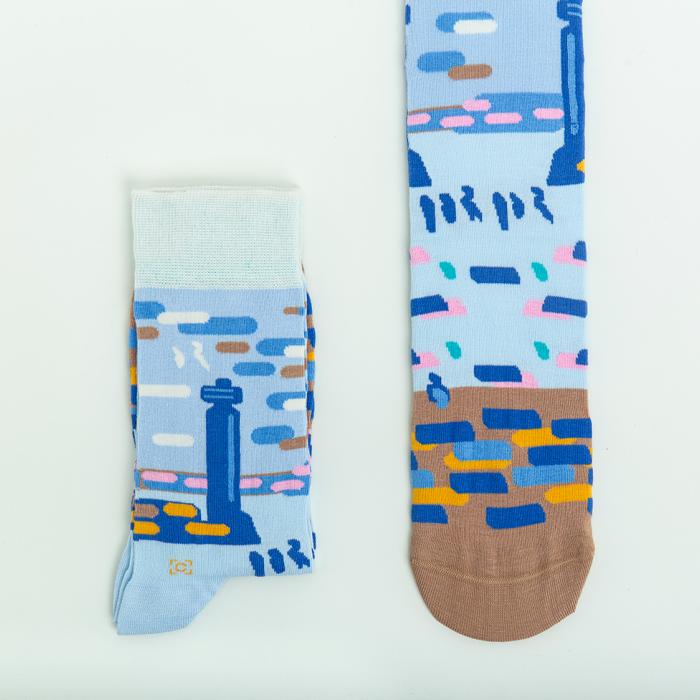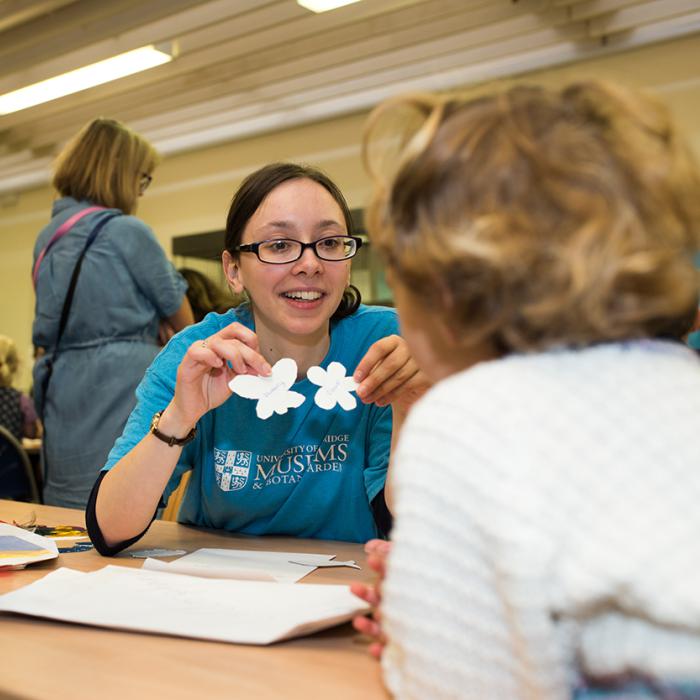Created by Jim and Helen Ede, the house combines their collection of twentieth-century art alongside furniture, textiles, ceramics and natural objects in what Jim Ede described as ‘a space, an ambience, a home’.
On this guided tour, get to know the story behind the creation of Kettle’s Yard, gain fascinating insights into some of the artworks and objects on display, and learn about the relationships between the Edes and the many artists in the collection.
What is an orrery? Why is the clock chiming 13? Why would you collect and display a set of plaster horses’ teeth, some green spectacles and several hundred pocket calculators?
Join us for a tour of the Whipple’s collection in 10 objects, featuring spectacular instruments, fascinating scientific stories, and links to some of Cambridge’s most famous names.
Meet at the reception point in the Main Gallery.
Explore a remarkable range of scientific instruments used to make sense of the world, from the Middle Ages to the present day. Discover objects from astronomy, navigation, surveying, drawing and calculation, including sundials, mathematical instruments, early electrical apparatus—and even a microscope once owned by Charles Darwin.
Plus, enjoy hands-on activities in the newly refurbished Learning Gallery, perfect for little ones — or book a Whipple Highlights guided tour. Afterwards, take home a treat from the Whipple gift shop to remember your visit.
Explore a remarkable range of scientific instruments used to make sense of the world, from the Middle Ages to the present day. Discover objects from astronomy, navigation, surveying, drawing and calculation, including sundials, mathematical instruments, early electrical apparatus—and even a microscope once owned by Charles Darwin.
Plus, enjoy hands-on activities in the newly refurbished Learning Gallery, perfect for little ones — or book a Whipple Highlights guided tour. Afterwards, take home a treat from the Whipple gift shop to remember your visit.
This January, The Art of Deception will take visitors to Cambridge’ Whipple Museum of the History of Science into the dark underbelly of the world of collecting. How do fake artefacts end up in museums? Who made them, and why? And how do we detect them?
Join us for our latest online 'rummage' in the Sedgwick Museum Archives, with our archivist, Sandra Freshney. We’ll delve into the Svalbard Exploration Archive which documents decades of geological research by the University of Cambridge in this Norwegian archipelago.
You'll see beautiful images of polar bears, learn about expedition rations, hear about travelling to the region, and see footage of students valiantly attempting to cross a stream with a sledge.
This is a FREE online event.
Tired of overwatering and underwatering? Want to create an indoor oasis where your houseplants thrive and flourish? Join Glasshouse Senior Horticulturist Kathryn Bray on this one-day course, covering a diversity of house plant topics.
Packed with colour and pattern, interior designs vie with brightly coloured bedding schemes, and artificial flowers inside reflect artifice outside. Rich fashion fabrics are resolutely plain, but do the corsets and constrictions, bustles and flounces mirror the contrivances and deceptions in the garden where topiary and carpet bedding entertain? Inside and out are brought together in the middle-class home where ‘taste’ rules all.
Second part in a monthly series examining the interplay of textiles, fashion, culture, and garden design. Each session is sold separately.
In this one-day course you will learn all the processes involved in designing, carving and printing a lino block.
This hands-on workshop brings together science and creativity to explore the world of natural dyes – co-taught between the Curator, who specialises in the science of plant pigments and our artist in residence.

